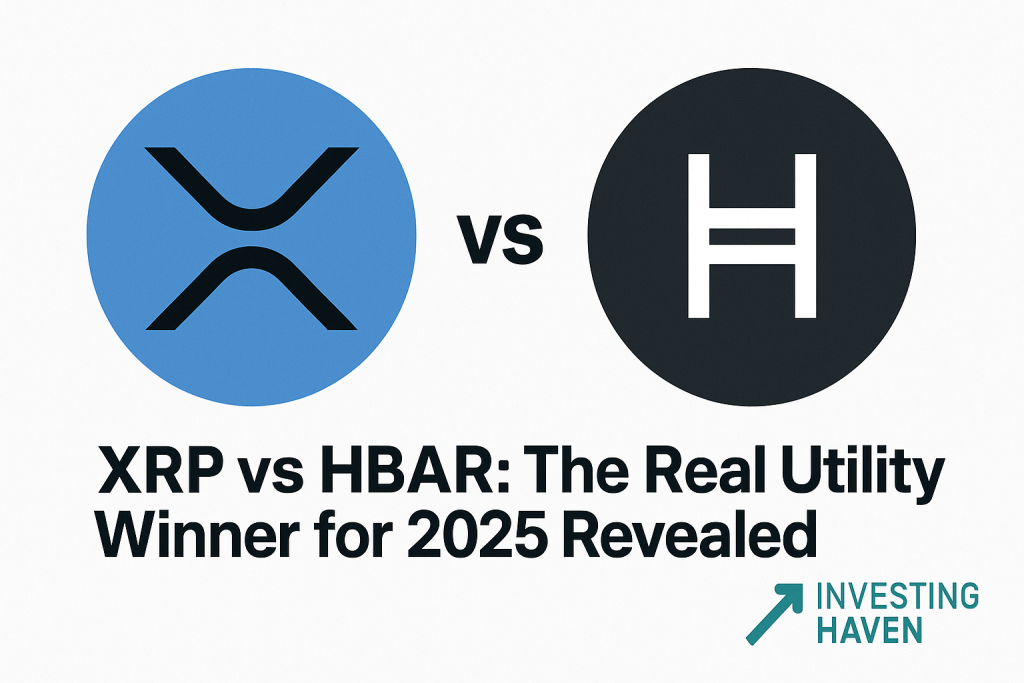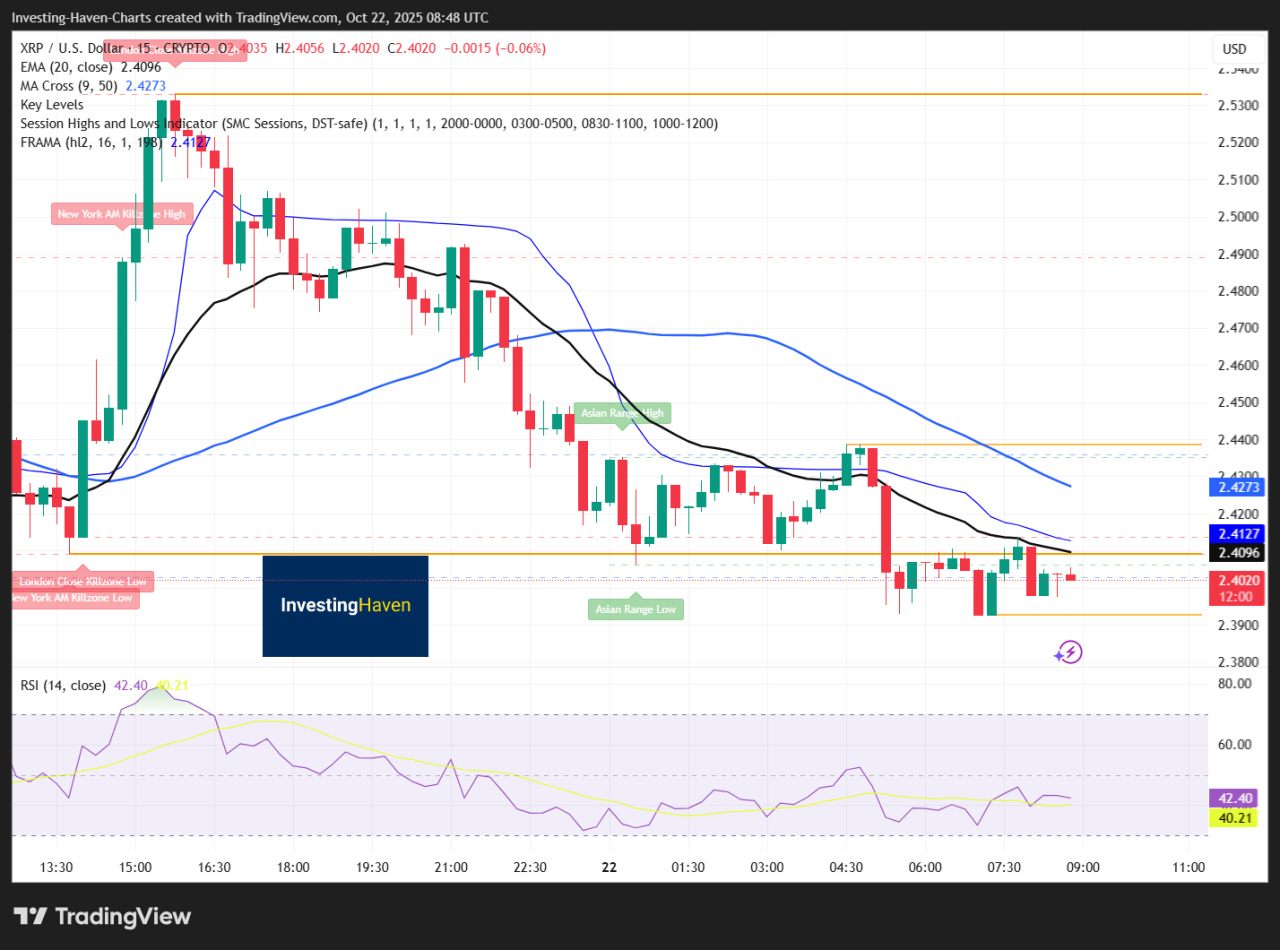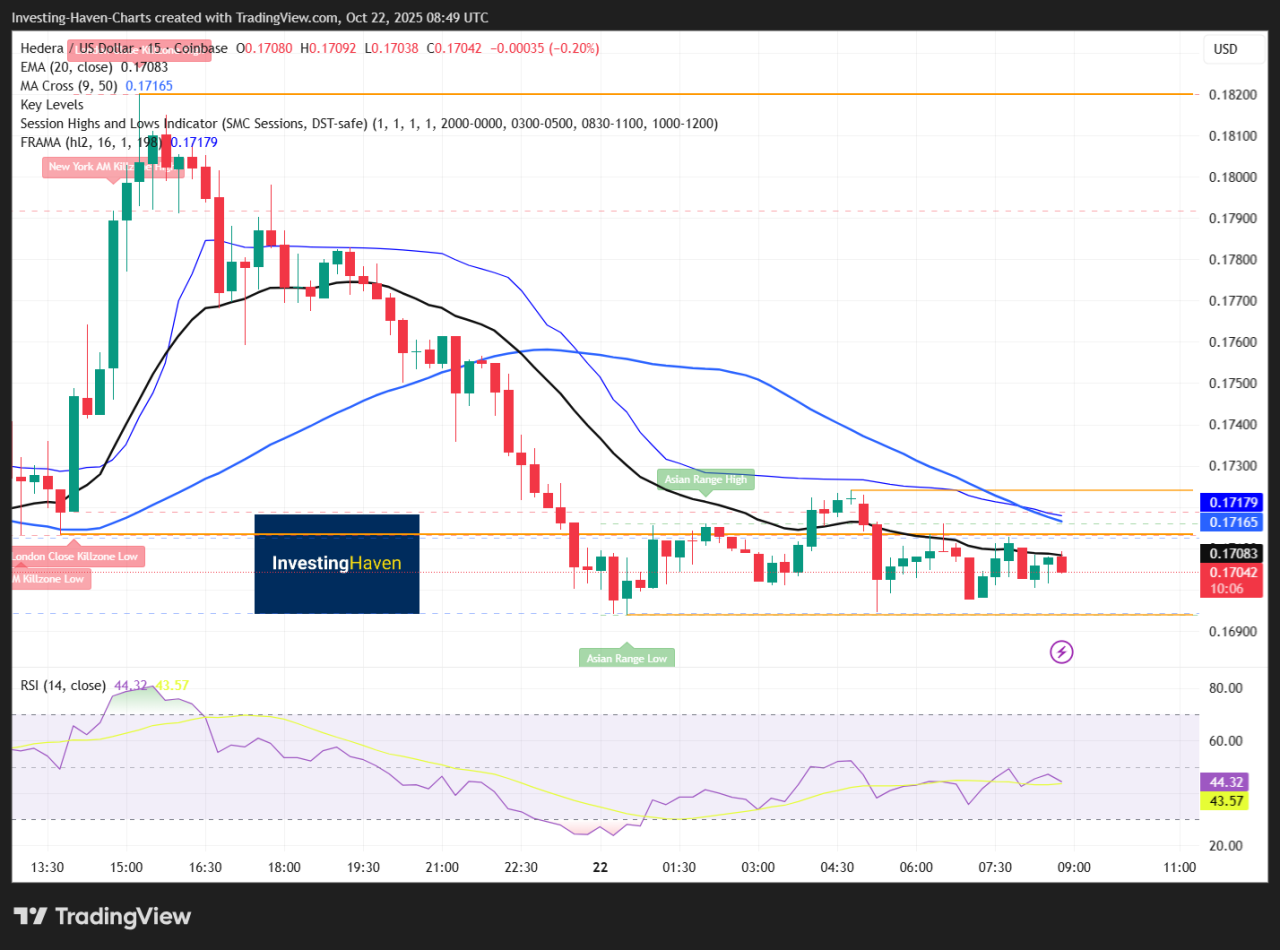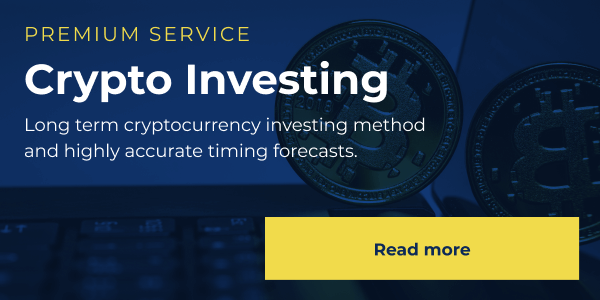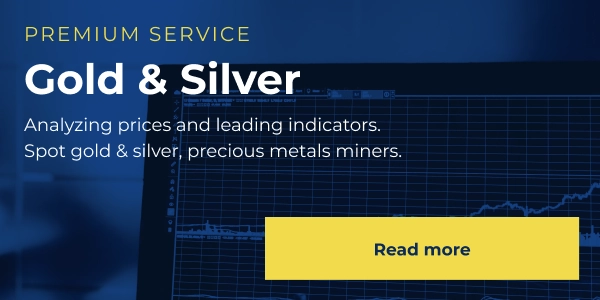XRP dominates digital payments and liquidity transfers, while HBAR focuses on enterprise tokenization and corporate blockchain use.
Both XRP and HBAR have built strong reputations for real-world use. In 2025, their paths have become clearer; XRP targets instant cross-border payments, while HBAR powers enterprise tokenization and data systems.
This XRP vs HBAR comparison explains how each project works, what data supports their progress, and which one holds the stronger utility edge this year.
XRP vs HBAR: Quick Overview
XRP is the native token of the XRP Ledger, built for fast, low-cost money transfers. As of October 2025, XRP trades between $2.3 and $2.5 after Ripple resolved its long-running case with the U.S. SEC, clearing a major legal obstacle.
HBAR, the token of Hedera Hashgraph, focuses on enterprise solutions and secure digital asset transactions. It trades around $0.17 to $0.18, with a market cap of about $7–8 billion.
Hedera’s governing council includes global companies such as Google, IBM, and LG, which guide network decisions and support real-world use in supply chains, digital identity, and tokenized assets.
RECOMMENDED: XRP’s Hidden Signal for October The Road to $10 Begins
XRP vs HBAR: Utility and Real-World Adoption
XRP’s strength lies in its clear use case; cross-border payments. Ripple’s On-Demand Liquidity (ODL) system lets banks and remittance providers move funds instantly without pre-funded accounts.
This reduces costs and settlement time from days to seconds. Real payment corridors in Asia and Latin America now use ODL in production, giving XRP visible, measurable adoption.
HBAR, on the other hand, is built for businesses. The Hedera network supports companies that need to tokenize assets, manage supply chain data, or build regulated financial tools.
Its council members, including Google, IBM, and Standard Bank, help pilot these solutions. Many projects focus on ESG tracking, healthcare records, and digital identity.
In short, XRP’s real-world use revolves around payments and liquidity efficiency, while HBAR focuses on enterprise tokenization and data reliability. Both are used, but in very different settings.
RECOMMENDED: 5 Major Companies Quietly Acquiring XRP
XRP vs HBAR: Technology and Transaction Speed
The XRP Ledger finalizes transactions in about three to five seconds and can handle roughly 1,500 transactions per second. Its fees are extremely low, often less than one cent. This makes it suitable for remittances, micropayments, and exchange settlements.
Hedera uses a unique “hashgraph” consensus mechanism instead of traditional blockchain blocks. It confirms transactions in seconds and claims throughput in the thousands per second under optimized conditions.
Its predictable performance and low fees make it attractive for business applications that need consistent results, like tokenized asset management or data verification.
In practical terms, XRP is built for speed and liquidity in payment systems, while HBAR’s design supports high-volume enterprise workloads. Both are fast and efficient but serve different kinds of demand.
ALSO READ: Which Crypto Is More Likely to Be a Millionaire Maker? XRP vs. Solana
XRP vs HBAR: Risk and Investor Profile
For XRP, the main risk has been legal uncertainty. Ripple’s 2025 settlement with the SEC improved confidence, but token concentration remains an issue since large portions of XRP are still held by Ripple and early stakeholders.
Investors watch these holdings closely because periodic sales can influence prices.
HBAR’s main risks relate to governance and adoption speed. The Hedera Council provides stability, but critics argue it limits decentralization. Enterprise adoption also tends to move slowly compared to consumer-focused crypto projects.
In general, XRP appeals to investors who want exposure to global payment systems and faster-moving markets. HBAR fits investors who prefer corporate blockchain utility and long-term enterprise growth.
RECOMMENDED: Is XRP Worth Investing Today?
XRP vs HBAR: Which Is the Real Utility Winner?
It depends on what kind of utility matters to you. For global payments, XRP clearly leads. It is already being used for live transactions through ODL, and regulatory clarity has boosted its credibility.
For enterprise use, HBAR holds the edge with strong governance and real corporate integration.
In short, XRP is the payment token of choice, while HBAR is the enterprise infrastructure coin. Each dominates in its own niche, and both could coexist as utility leaders in different parts of the market.
XRP vs HBAR: Key Takeaways for Investors
Define what type of utility you want exposure to. If it’s cross-border payments and liquidity, focus on XRP’s expanding corridors and Ripple’s partnerships.
If it’s enterprise tokenization and regulated data systems, follow Hedera’s council projects. Keep in mind token supply, decentralization, and market demand.
XRP offers faster adoption and liquidity, while HBAR provides steady institutional use. Watching real deployments will reveal which network’s utility grows faster through 2025.
Conclusion
XRP leads in real payment adoption, while HBAR dominates in enterprise applications. The real winner depends on which kind of utility—financial or corporate—you believe will matter most in 2025 and beyond.
Join eToro today and receive $10 in free crypto on your first deposit. Trade crypto, stocks, and ETFs with powerful tools and social investing features like CopyTrader™
Crypto investments are risky and may not suit retail investors; you could lose your entire investment. Understand the risks here
Don’t Miss the Next Big Move – Access Alerts Instantly
Join the original blockchain-investing research service — live since 2017. Our alerts come from a proprietary 15‑indicator methodology built over 15+ years of market experience. You’re following the service that identified major turning points through crypto winters and bull runs alike
Act now and see why thousands trust us to deliver signals before markets move.
This is how we are guiding our premium members (log in required):
- The Ongoing Test Of Bitcoin’s 200 dma Will Be Decisive For The Outcome In Crypto Markets (Oct 20th)
- From Failed Breakout to Consolidation: How to Think About Yesterday’s Flash Crash (Oct 12th)
- ATH in BTC = Alt Season 2025 Catalyst? (Oct 5th)
- Crypto Consolidation: When Will Bullish Momentum Return? (Sept 28)
- Is Meme Season Underway? (Sept 19th)
